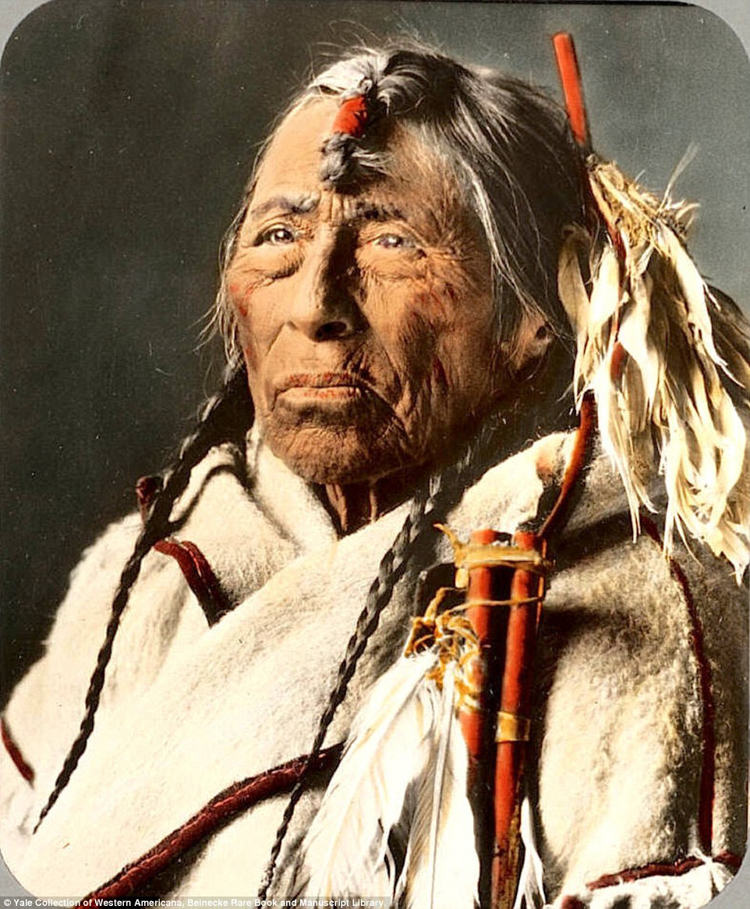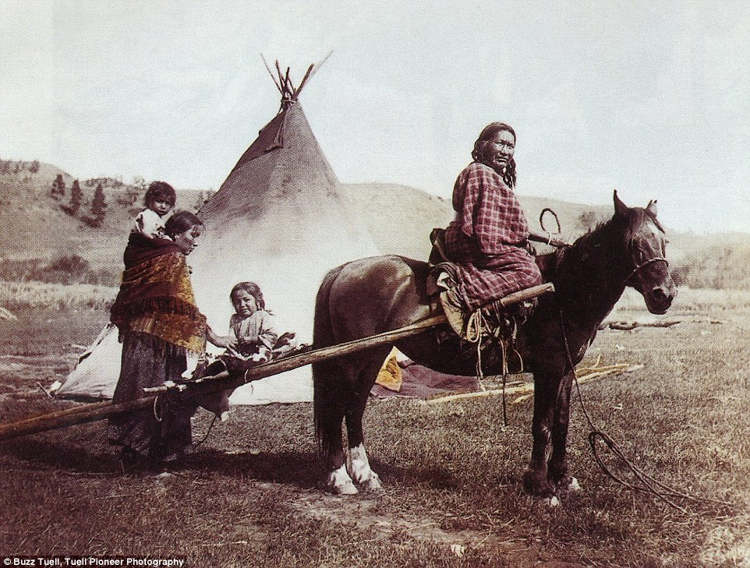BY: DANIEL WATERBORNE
The roots of American exceptionalism stretch as deep as the caskets of the cultures it has buried, but the curriculum of American history class will show that history is decided by the winners. And while, this “divine dispensation” has stretched far beyond its borders, the echoes of the American West prove that judging a foreign culture based on the standards of one’s own is always the precursor to atrocity.
So what is more savage than a culture that does not subscribe to god-fearing Christianity or the industrial definition of progress? In 1830, Congress passed Andrew Jackson’s “Indian Removal Act” in which Native American men, women and children were forcibly removed from their land and herded on foot a thousand miles to the West of the Mississippi River. Thousands died from exhaustion and malnutrition. In 1879, the Carlisle School began under Richard Prat’s slogan, “kill the Indian, save the man.” He aimed to accomplish this through “immersive assimilation”. Students had their long hair cut, were dressed in uniforms, were forbidden to speak their languages and were segregated from their parents for years at a time. This resulted in a vast generational gap that was nearly impossible for reunited families to vault. Then came federally-funded sterilization programs. Carried out by the Indian Health Service, it is impossible to know exactly how many women and men were sterilized, but it is indisputable that the number is within the thousands. “Consent” was not offered in Native languages and they were coerced by threats of losing federal benefits or threats of having their children taken by social services. At least two fifteen-year-old girls were told they were having appendectomies out before their ovaries were removed. Federally-funded sterilization programs did not end until 1979.
Released by filmmaker Paul Ratner, these photos show the faces of Native Americans in the 19th century:
Image sources: dailymail.co.uk

















